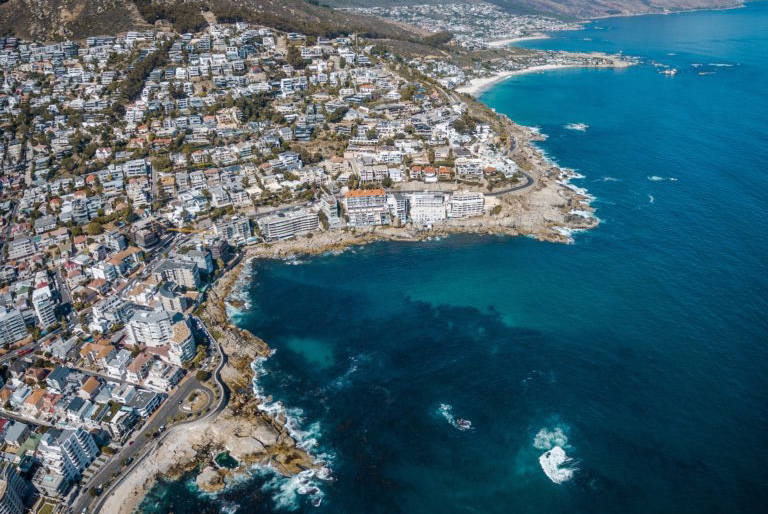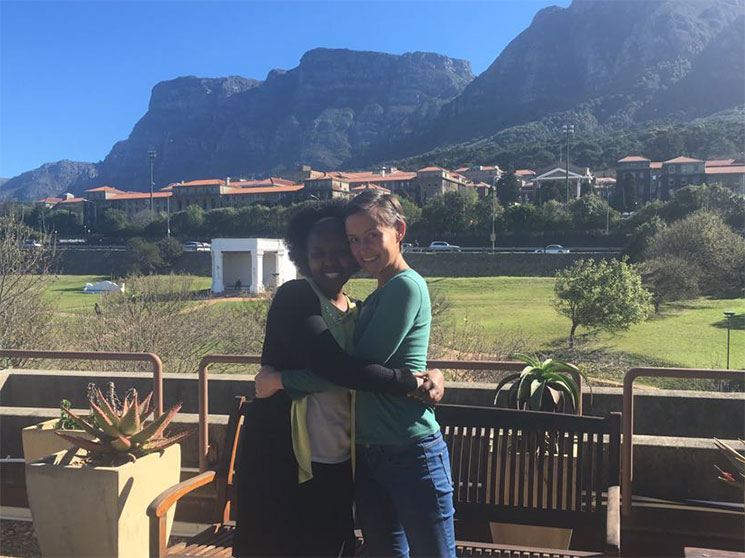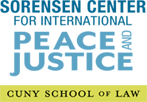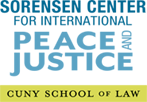From South Africa
By: Naomi Young ’18 | Date: August 15, 2016

South Africa’s commitment to Truth and Reconciliation after apartheid has intrigued me since I was 16. As I learned more about justice and advocacy for survivors of sexual violence, I often wondered what restorative justice can and should look like.
Before I began the internship, I visited several sites which South Africa has dedicated to truth. A former political prisoner guided my tour of Robben Island where Nelson Mandela was imprisoned for 18 years. Cape Town’s Slave Lodge Museum is dedicated to remembering the East African and South Asian slaves brought to Cape Town by the Dutch East India Trading Company. The District Six Museum memorializes the forced removal of 60,000 “coloured” South Africans from their homes under apartheid.
The center of District Six is described as a green space dedicated to the past, but I saw tarps stretched over ruins of demolished homes where people face present realities. I learned that the suburbs around UCT where I stayed were not only declared “white” areas by the Group Areas Act, but have largely remained white after democracy, due to gentrification and the sluggish process of reparations.
Working at CLS, I learned about South Africa’s criminal justice system and how it integrates restorative justice. An ongoing CLS research project, Pathways to Justice in rural Kwazulu-Natal, asks how citizens seek to access justice from the police, the criminal courts, and the Traditional Councils.
I learned that many sexual violence victims find the police unreliable. I learned that South African prosecutors are motivated to “finalize” cases and were recently authorized to mediate conflicts, so I searched for answers on whether they are trained, and how mediation is defined. I learned that customary law may resolve rapes by asking the perpetrator’s family to materially compensate a rape victim’s family.
The incredible researchers at CLS gave me a break from learning to work within justice systems, and taught me to embrace my uneasiness with those processes by voicing questions. I’m leaving South Africa with more questions than before. When we say that truth and reconciliation lead to healing, do we ask what form the apologies are taking? Do we ask whether the victims freely chose a particular resolution, or if they were burdened with extending validation and amnesty to others before they themselves were free?


